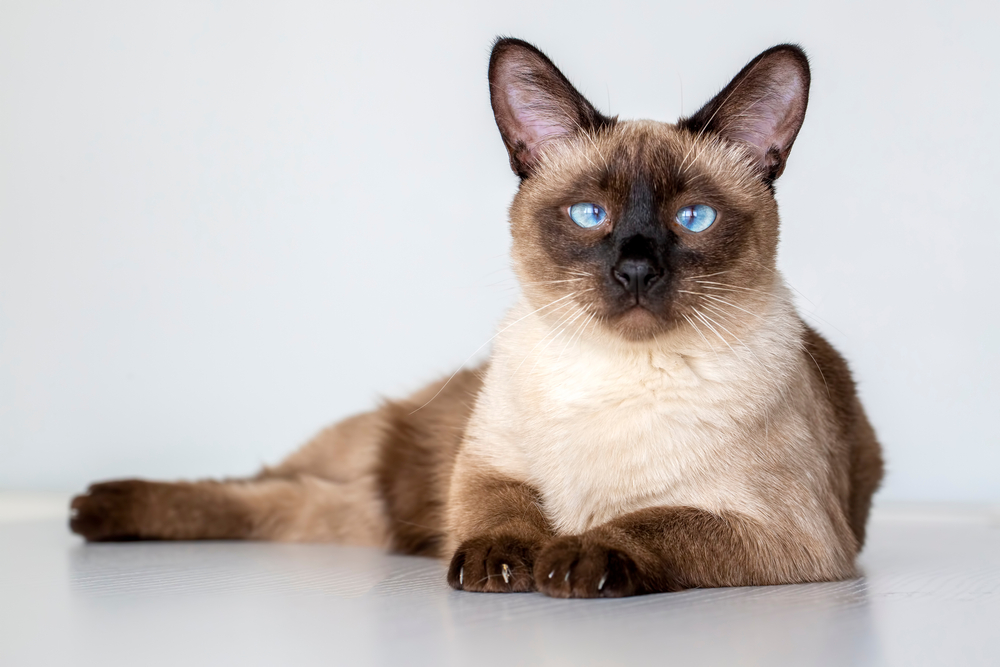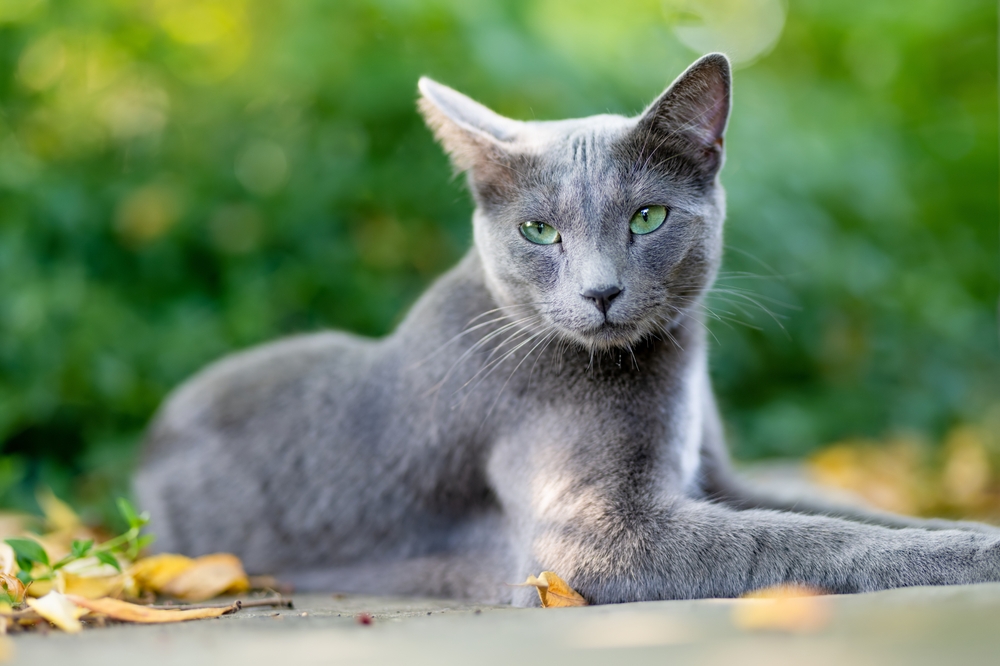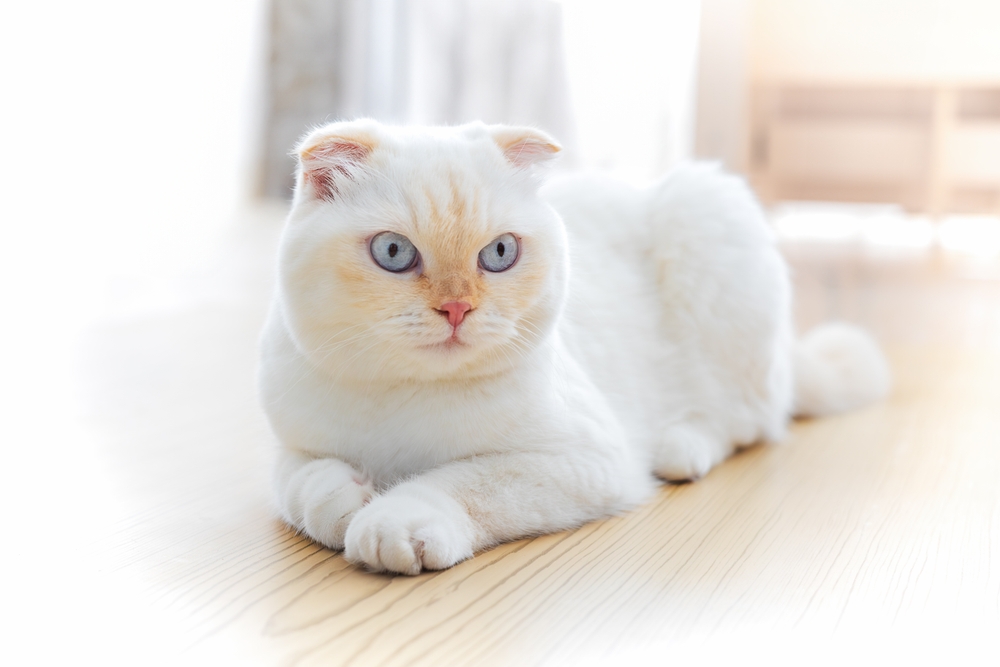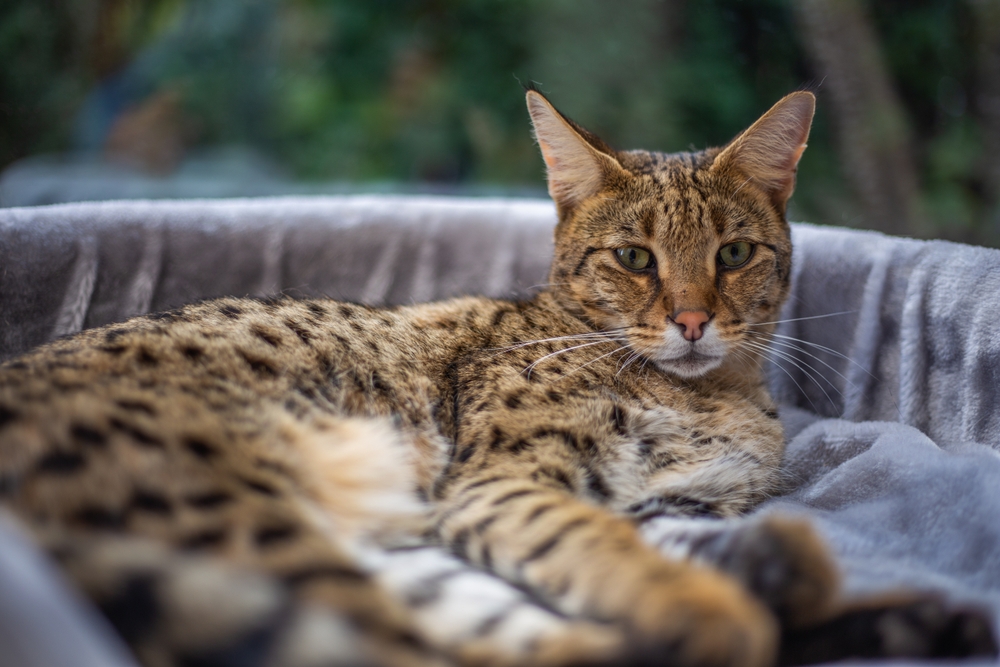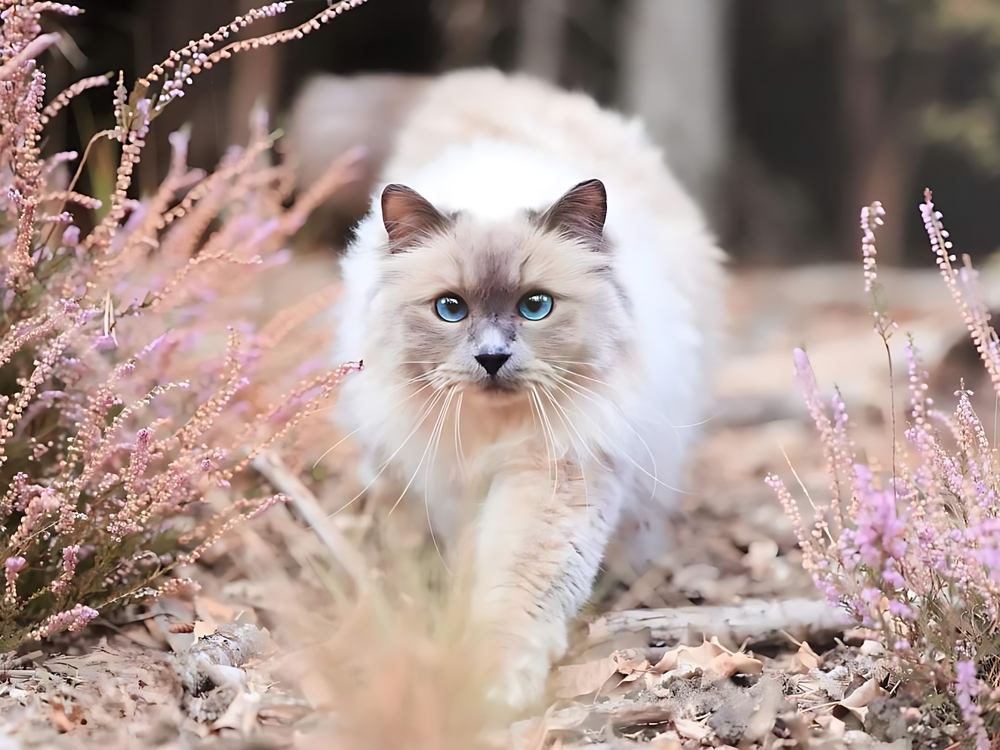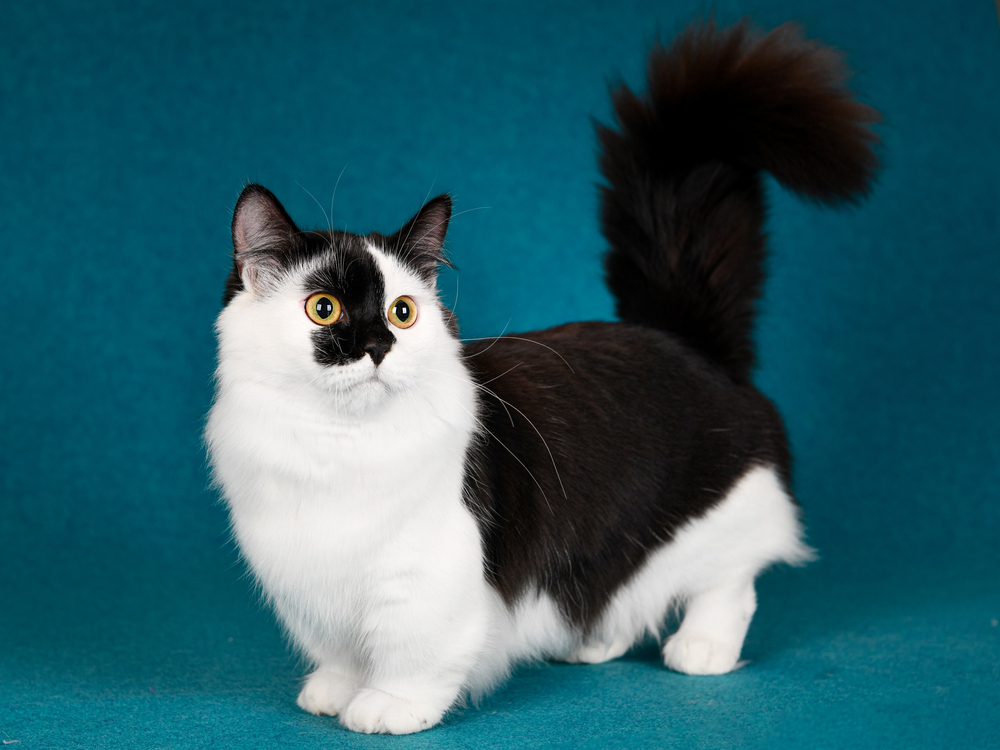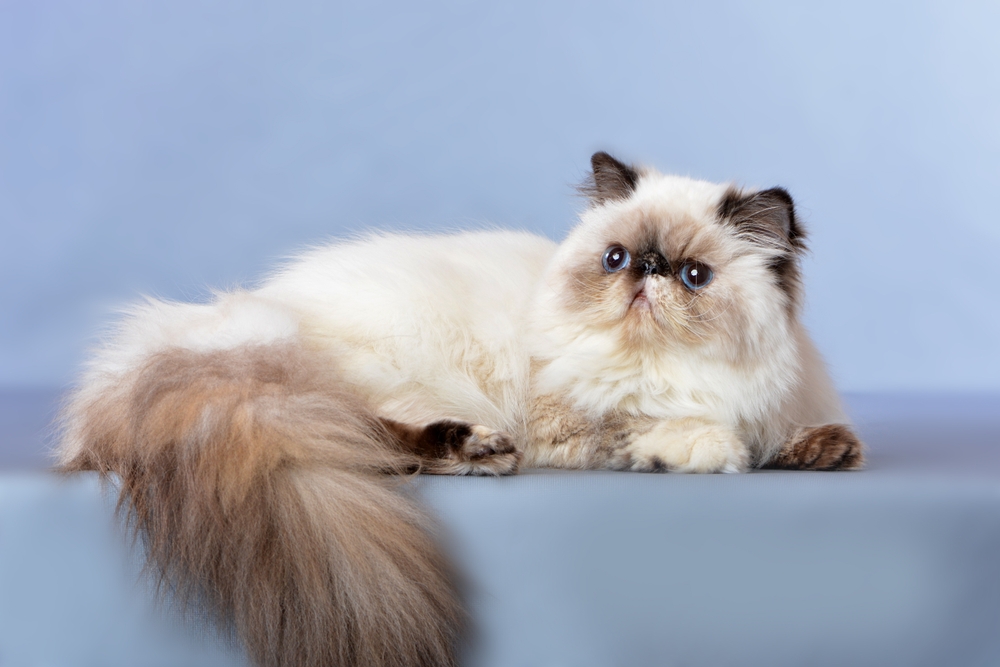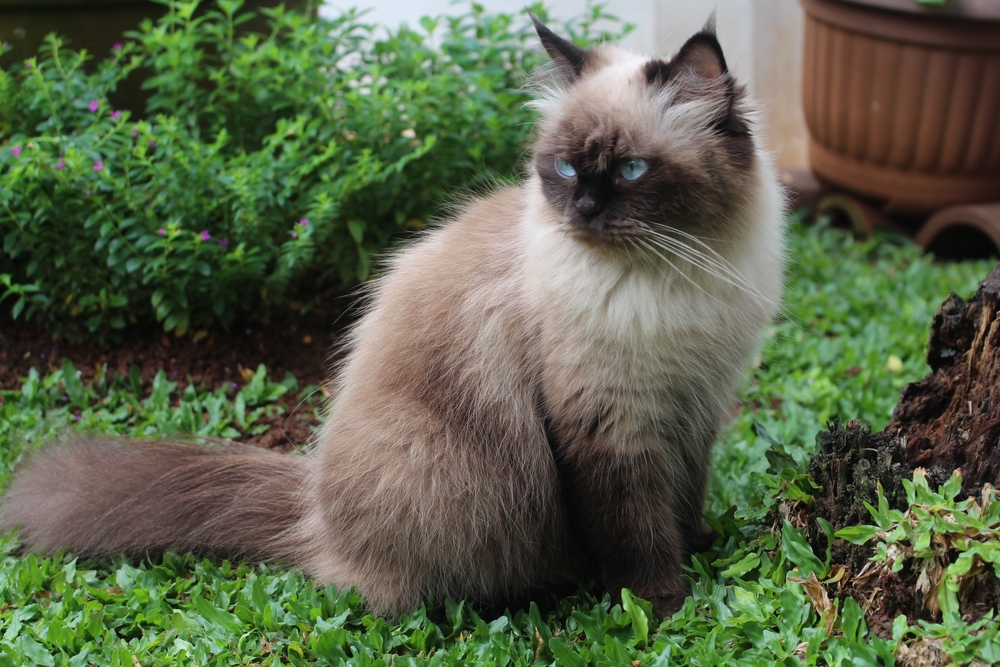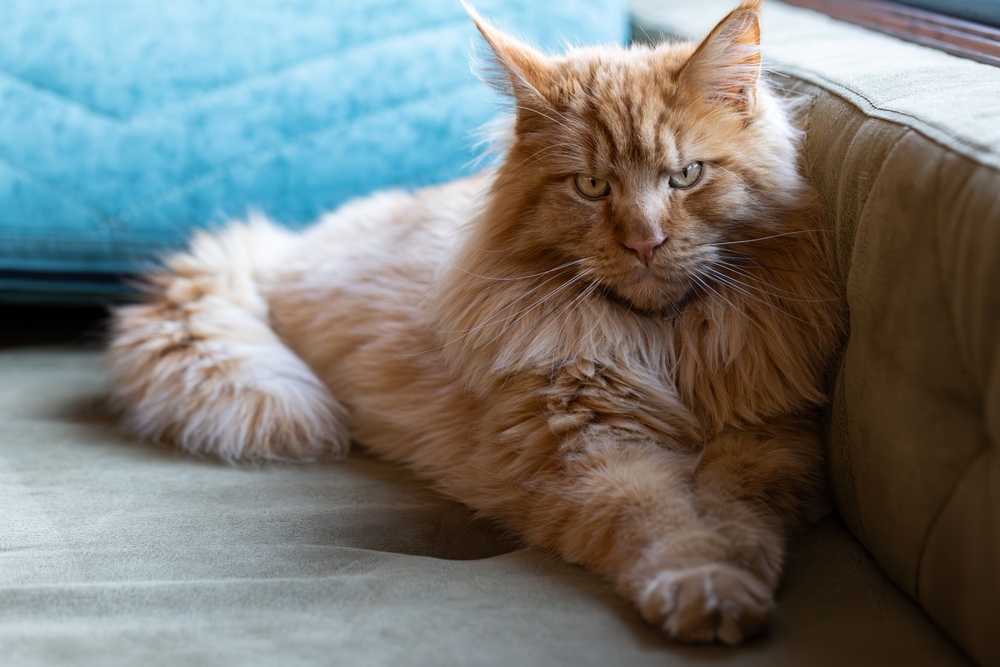About
#Mammals
The Siamese cat is one of the most recognizable and influential cat breeds in the world, celebrated for its striking looks, intelligence, and vocal personality. Sleek and elegant, Siamese cats have a long, slender body, fine-boned legs, and a wedge-shaped head topped with large, pointed ears. Their short, glossy coats feature the classic “pointed” pattern—darker coloration on the ears, face, paws, and tail, contrasting with a lighter cream-colored body. Their most captivating feature is their almond-shaped, vivid blue eyes, which give them a uniquely expressive appearance.
The Siamese (Felis catus), of the family Felidae, originated in Thailand (formerly Siam), where it was revered as a temple and royal cat. Records of the breed date back centuries, and they were introduced to the West in the late 19th century, quickly gaining popularity for their exotic beauty. Over time, breeders developed both the traditional “applehead” Siamese, with a rounder head and sturdier body, and the modern show-style Siamese, with a more elongated, refined appearance.
Typically weighing 6–12 pounds (2.7–5.4 kg), Siamese cats are medium-sized but very muscular and athletic. Their short coats require minimal grooming, making them low-maintenance in terms of care.
Siamese cats are known for their intelligence, curiosity, and strong bonds with their families. They are famously vocal, often using a loud, distinctive “meezer” voice to communicate with their humans. Affectionate and social, they thrive on companionship and do not like being left alone for long periods. They are playful, active, and trainable, often enjoying games, puzzles, and even leash walks.
With their striking looks, rich history, and interactive personalities, Siamese cats remain one of the most iconic and beloved breeds worldwide.
Threatened:
Extinct
Critically Endangered
Endangered
Vulnerable
Near Threatened
Least Concern



































































